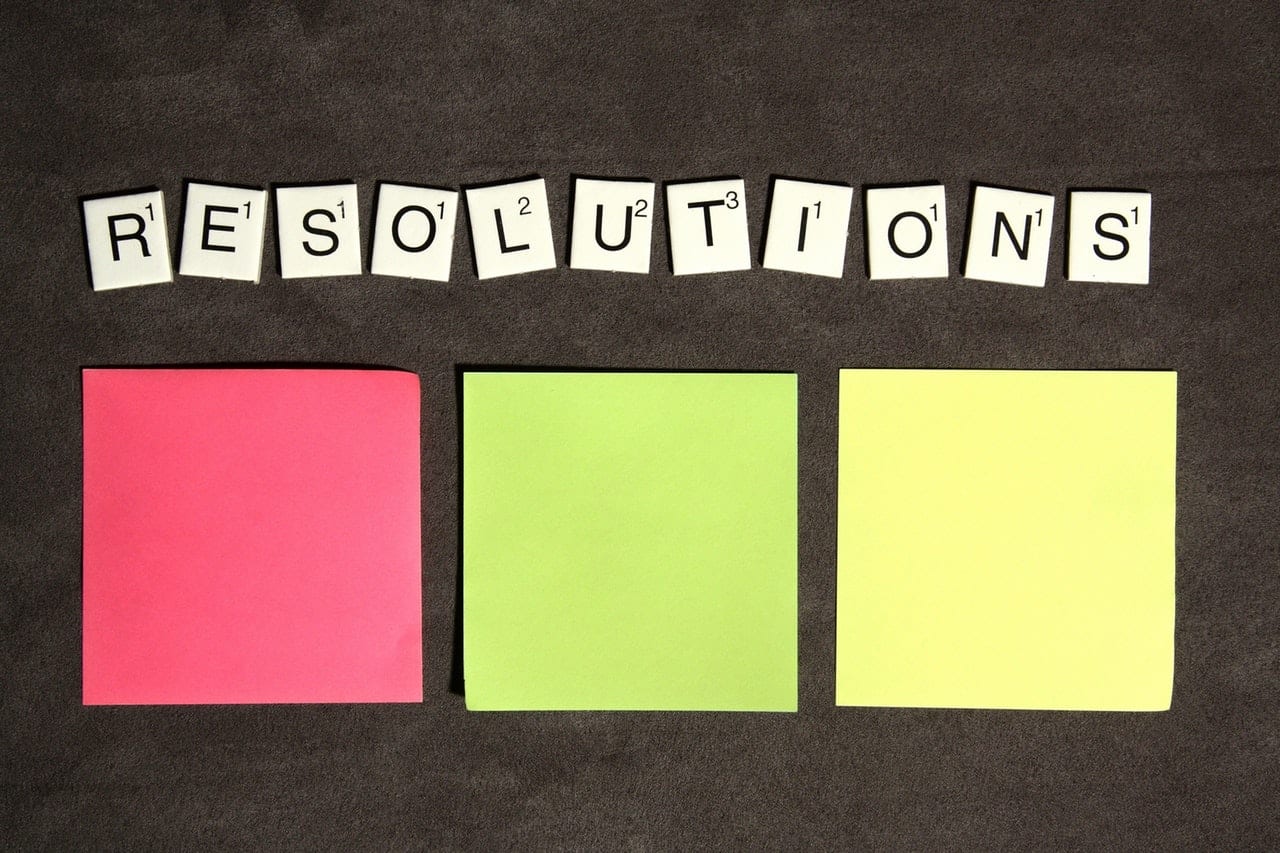
“There aren’t enough hours in the day,” is a phrase everyone in business has thought, if not said aloud.
Whether you’re an entrepreneur, recruiter, sales leader, or another role entirely, interviews likely make up a good portion of your day. If you’re looking to make more time in your schedule, why not start with one of your biggest time commitments?
Here are some helpful hacks for fitting more interviews into your busy schedule:
1. Dig deeply into your goals.
As with any new personal or professional project, it’s important to first identify your objectives. If you’re an entrepreneur trying to find the right candidate for an open role, how long are you willing to wait to fill it? How many candidates do you want to meet before you make a decision?
Take your time with this. Hiring is not something to rush. The more narrowly defined your criteria and assumptions, the more satisfied you’ll be with the end result. Ask yourself:
- How many rounds of interviews are required throughout the entire interview process (depending on the job position)?
- What is the maximum number of candidates that can move forward to next-round interviews?
- How long should interviews run to properly evaluate candidates for the position?
- Do other executives need to be present? If so, can they fit these interviews into their schedules?
2. Determine availability digitally.
One of the most time-consuming aspects of interviewing is all the back-and-forth communication required to coordinate and confirm an available time slot for two or more parties. For internal meetings and interviews, be sure you’re using a consolidated digital calendar so you can see one another’s availability?
What about interviews with people outside the organization? Tools like Calendar simplify this by letting users embed their availability into their email messages. Calendar automatically prevents double-booking, just in case the interviewee selects a time that’s been taken.
3. Account for interstitial time.
Although it’s tempting to stack interviews one on top of another in order to maximize your time, avoid doing so. Allow for at least 5 minutes, and ideally 15, between each interview.
Interviews are unpredictable. You never know who will show up late or which interviews will go long. You don’t know what else might come up during the workday. Those buffer zones are a great time to catch up on email, take a break, or prepare for the next meeting.
4. Learn to say “no.”
If you’re trying to fit more interviews into your schedule, you have to get better at refusing unnecessary meetings. Even a few meeting-happy clients can eat up hours of a workday that you may need to spend speaking with employees, candidates, or investors.
Just because you’re saying “no,” though, doesn’t mean you need to be rude about it. Do your best to help the person whose meeting you can’t take over email. Could you introduce them to someone else on the team who can handle the situation? If the client is insistent, could you suggest a shorter time slot or a different meeting time?
5. Automate what you can.
Sometimes, to have more time, you need to make more time. Besides refining your scheduling processes, it’s still a good idea to audit other tasks to see what can be handled via a digital automation tool.
Even if it’s something as simple as sending an automatic payment reminder, every little increment of saved time adds up. Email marketing, social media posting, sales follow ups, and even first-round interviews can be automated.
Interviewing takes time, but that doesn’t mean you can’t streamline the process. Use these tips to get more done, hire faster, and have more conversations.









